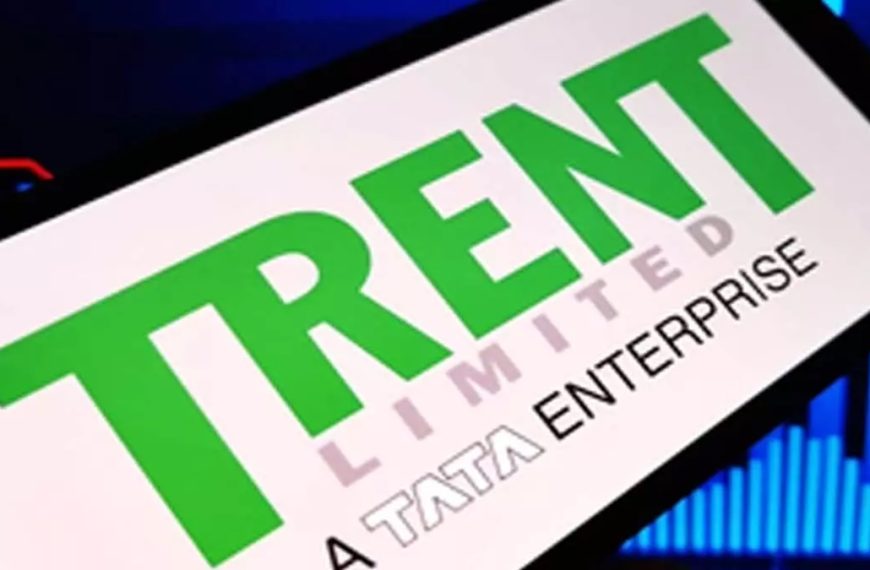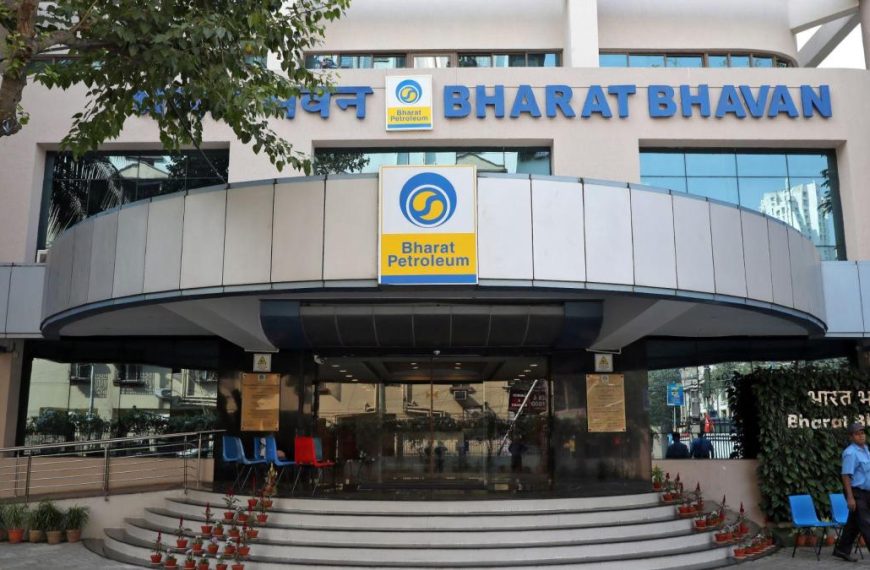India is on the verge of finalizing a mini trade agreement with the United States, aiming to solidify economic ties before the anticipated lift of reciprocal tariffs in early July. This strategic move seeks to prevent additional levies that could hinder access to the U.S. market, which is crucial not only for India but also for other Asian nations like South Korea and Japan.
Upcoming Trade Negotiations
With a deadline looming in September for the initial phase of the Bilateral Trade Agreement (BTA), both nations are working diligently to finalize a mutually beneficial package. Recent discussions between Indian commerce officials and representatives from the U.S. Trade Representative (USTR) took place from April 23-25 in Washington, where both sides expressed optimism about achieving "early mutual wins." The Indian Ministry of Commerce characterized these talks as "fruitful," signaling a positive outlook for trade relations.
U.S. Officials Highlight Progress
In a recent press briefing, U.S. Treasury Secretary Scott Bessent emphasized that negotiations with India are progressing well, asserting that the U.S. is "very close" to reaching a trade deal. He noted the challenges posed by high tariffs and highlighted how these factors make negotiations more straightforward. Bessent also praised the recent efforts of Vice President Vance, who visited India last week and reportedly made significant strides in discussions with Prime Minister Narendra Modi.
- Key Points from Bessent’s Statement:
- Emphasized the ease of negotiating with India due to high tariffs.
- Anticipated announcements regarding the trade deal soon.
- Acknowledged ongoing proposals from other trading partners to avoid U.S. tariffs.
Broader Context of U.S. Tariffs
The backdrop of these discussions is the U.S. administration’s previous announcement of sweeping reciprocal tariffs affecting numerous countries. While a 90-day suspension was granted on April 2, this reprieve does not extend to China and Hong Kong. Currently, a 26% reciprocal tariff on Indian goods is set to remain on hold until July 7, while a 10% baseline tariff is already in effect, along with 25% duties on steel and aluminum imports.
India’s Strategic Advantages
During the latest talks led by Rajesh Agrawal, India’s chief negotiator and commerce secretary designate, the focus was on creating a framework for the BTA, aiming to conclude this first phase by fall 2025. U.S. officials have previously indicated that India’s relatively open trade environment and fewer non-tariff barriers work in its favor.
- Recent Negotiation Highlights:
- Discussions have been ongoing since March 2025.
- In-person sectoral engagements are scheduled to commence at the end of May.
Future Trade Goals
The BTA, which emerged from a pivotal meeting between Modi and former President Donald Trump on February 13, aims to boost bilateral trade from $200 billion today to an ambitious $500 billion by 2030. Exporters are keen to expedite the BTA to ensure their shipments to the U.S. are not severely impacted by the looming tariffs.
The U.S. has articulated its expectations from India regarding agriculture, automotive, and trade deficits. In a recent statement, U.S. Trade Representative Jamieson Greer pointed out the need for greater reciprocity in the trade relationship, emphasizing that the ongoing negotiations aim to balance trade and open new markets for American products.
Conclusion: A Path Forward
As both nations continue to navigate these complex discussions, India is also keen on addressing its own requests concerning high U.S. tariffs on various goods, including tobacco and textiles. The trade surplus India enjoyed in 2024-25, totaling $41.2 billion, highlights the importance of these negotiations. A potential solution to balance trade may involve increased purchases of petroleum and defense items from the U.S., showcasing a mutual interest in fostering robust economic ties.











